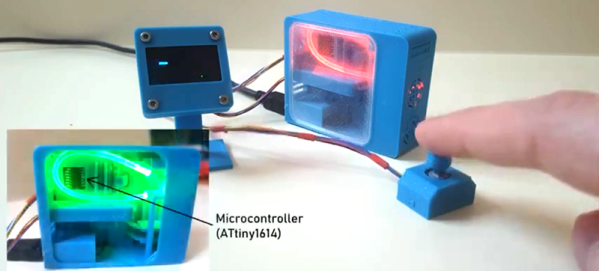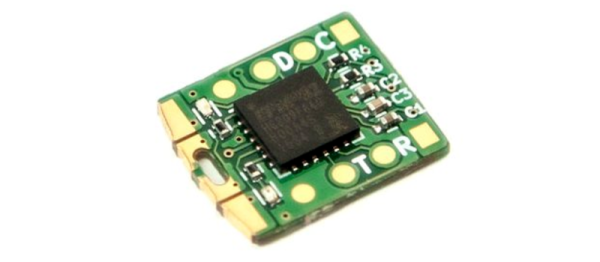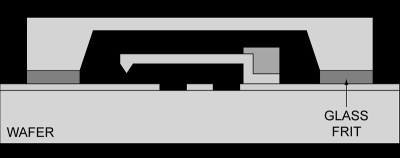Flash storage was a pretty big deal back in the mid ’00s, although the storage sizes that were available at the time seem laughable by today’s standards. For example, having an iPod that didn’t have a spinning, unreliable hard drive was huge even if the size was measured in single-digit gigabytes, since iPods tended to not be treated with the same amount of care as something like a laptop. Sadly, these small iPods aren’t available anymore, and if you want one with more than 8GB of storage you’ll have to upgrade an old one yourself.
This build comes to us from [Hugo] who made the painstaking effort of removing the old NAND flash storage chip from an iPod Nano by hand, soldering 0.15mm enameled magnet wire to an 0.5mm pitch footprint to attach a breakout board. Once the delicate work was done, he set about trying to figure out the software. In theory the iPod should have a maximum addressable space of 64 GB but trying to get custom firmware on this specific iPod is more of a challenge and the drives don’t simply plug-and-play. He is currently using the rig for testing a new 8GB and new 16GB chip though but it shows promise and hopefully he’ll be able to expand to that maximum drive size soon.
The build is really worth a look if you’re into breathing new life into old media players. Sometimes, though all these old iPods really need to get working again is just to be thrown into a refrigerator, as some genius engineer showed us many years ago.


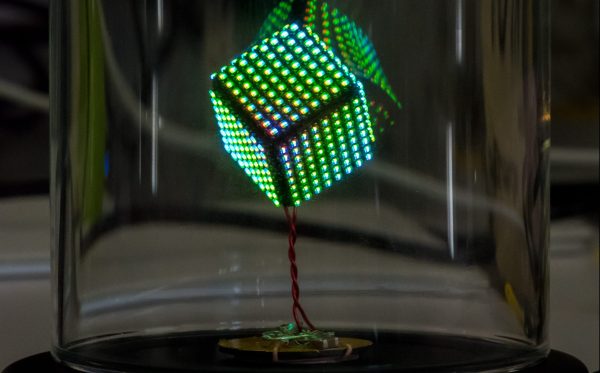
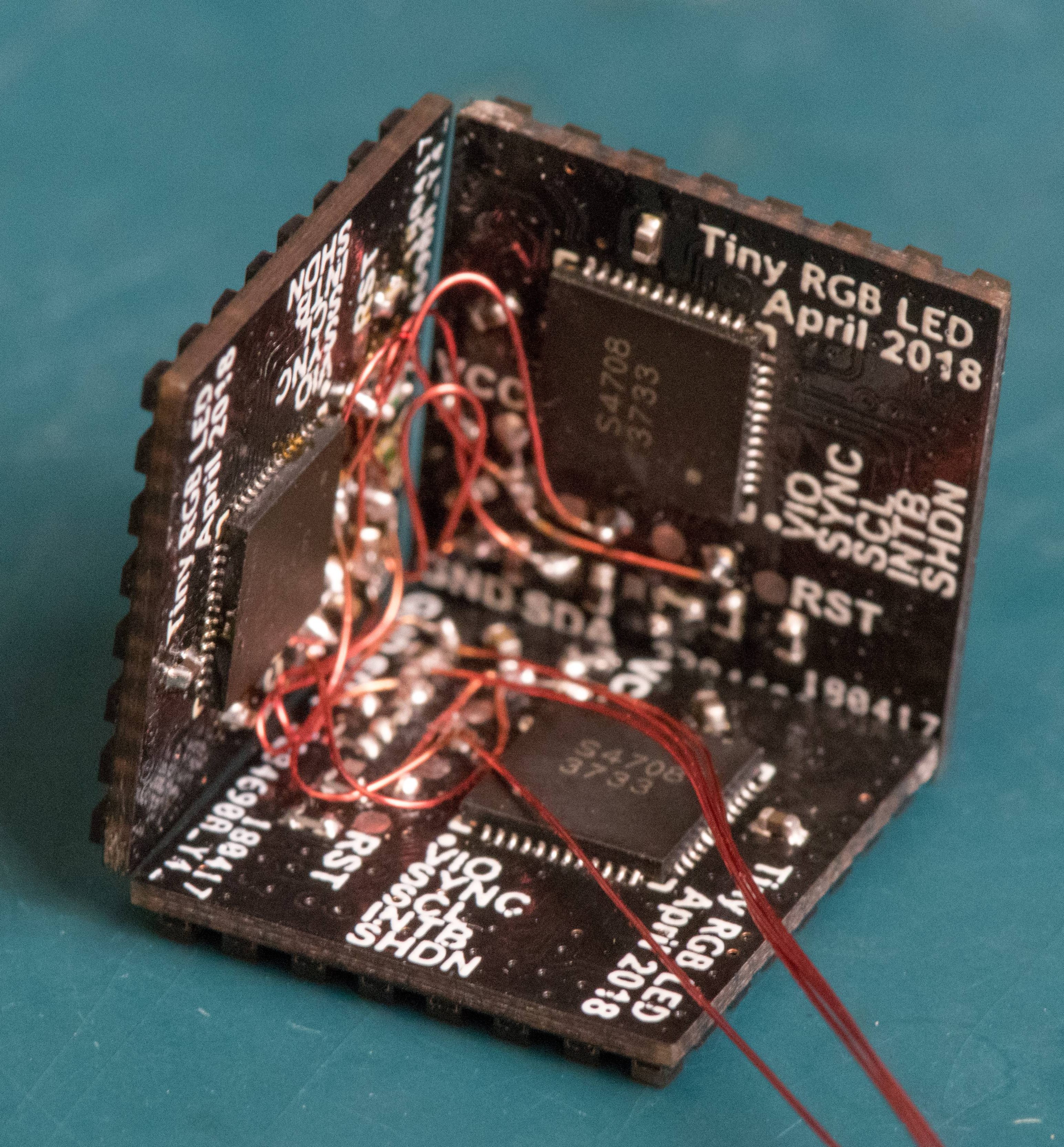
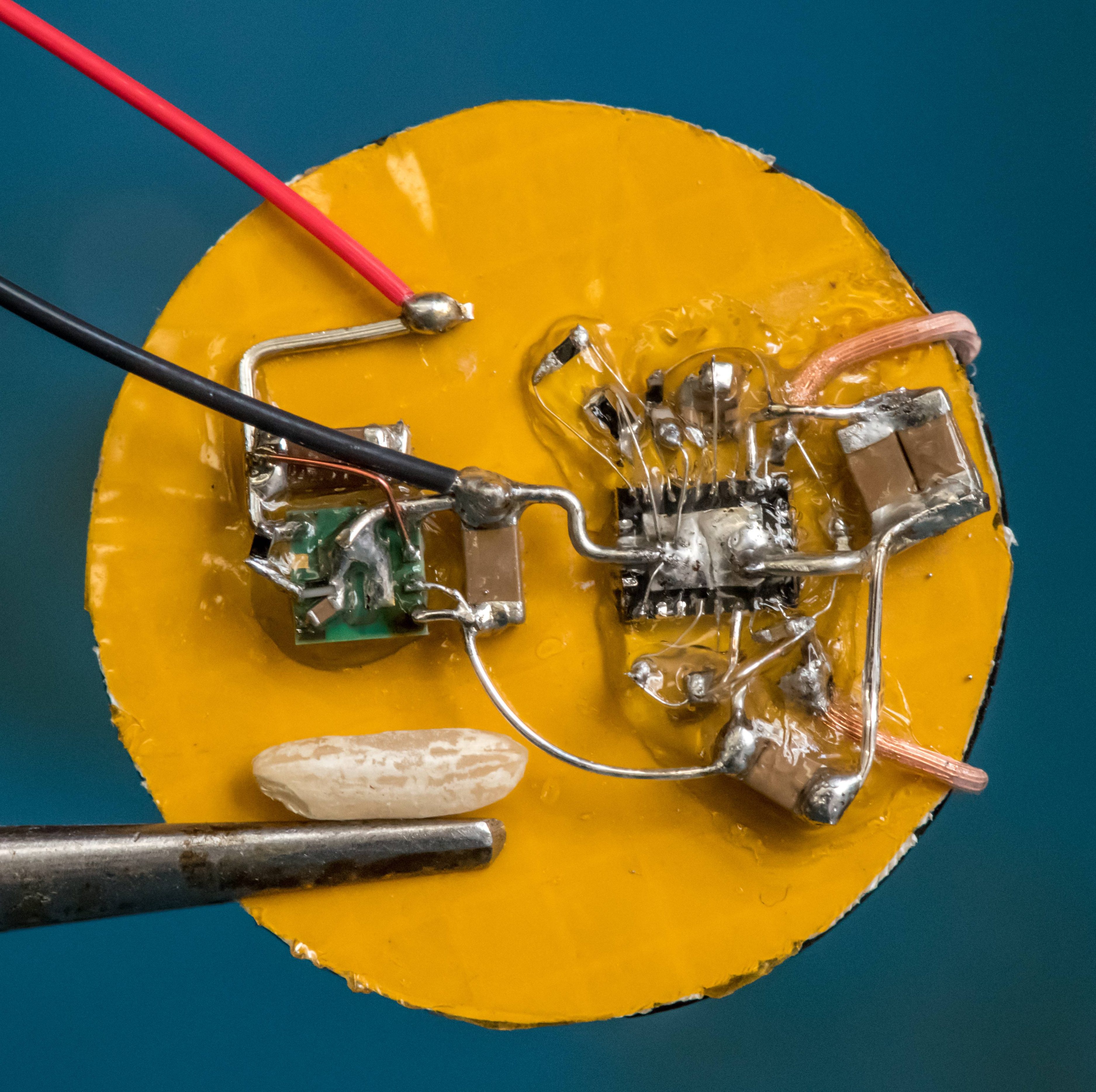

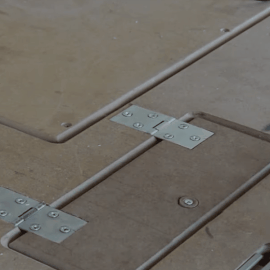 The tray rides on short drawer glides and, thanks to a small pneumatic spring, pops up when the door is unlatched. There was a little trouble with some slop in the glides causing the tray to jam, but that was taken care of with a simple roller bearing. The video below shows its construction and how it stays entirely out of the way until needed.
The tray rides on short drawer glides and, thanks to a small pneumatic spring, pops up when the door is unlatched. There was a little trouble with some slop in the glides causing the tray to jam, but that was taken care of with a simple roller bearing. The video below shows its construction and how it stays entirely out of the way until needed.